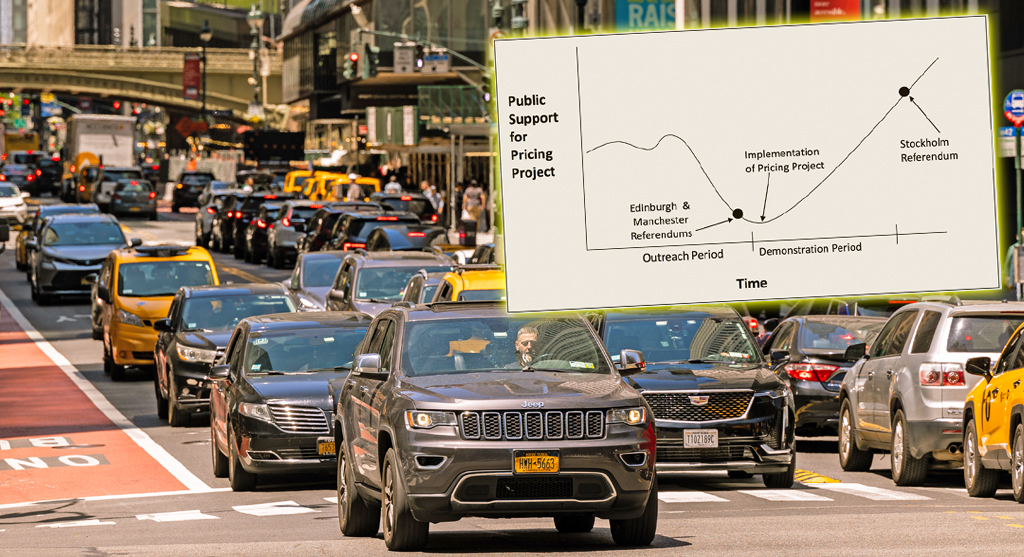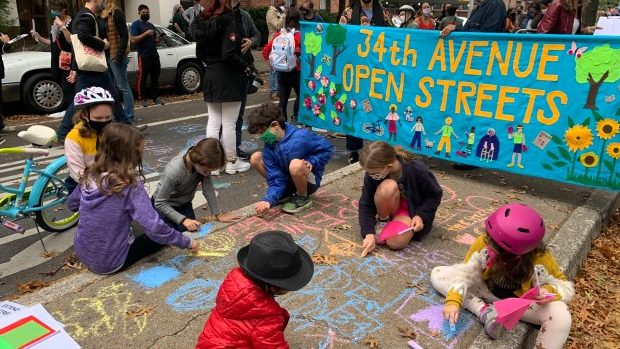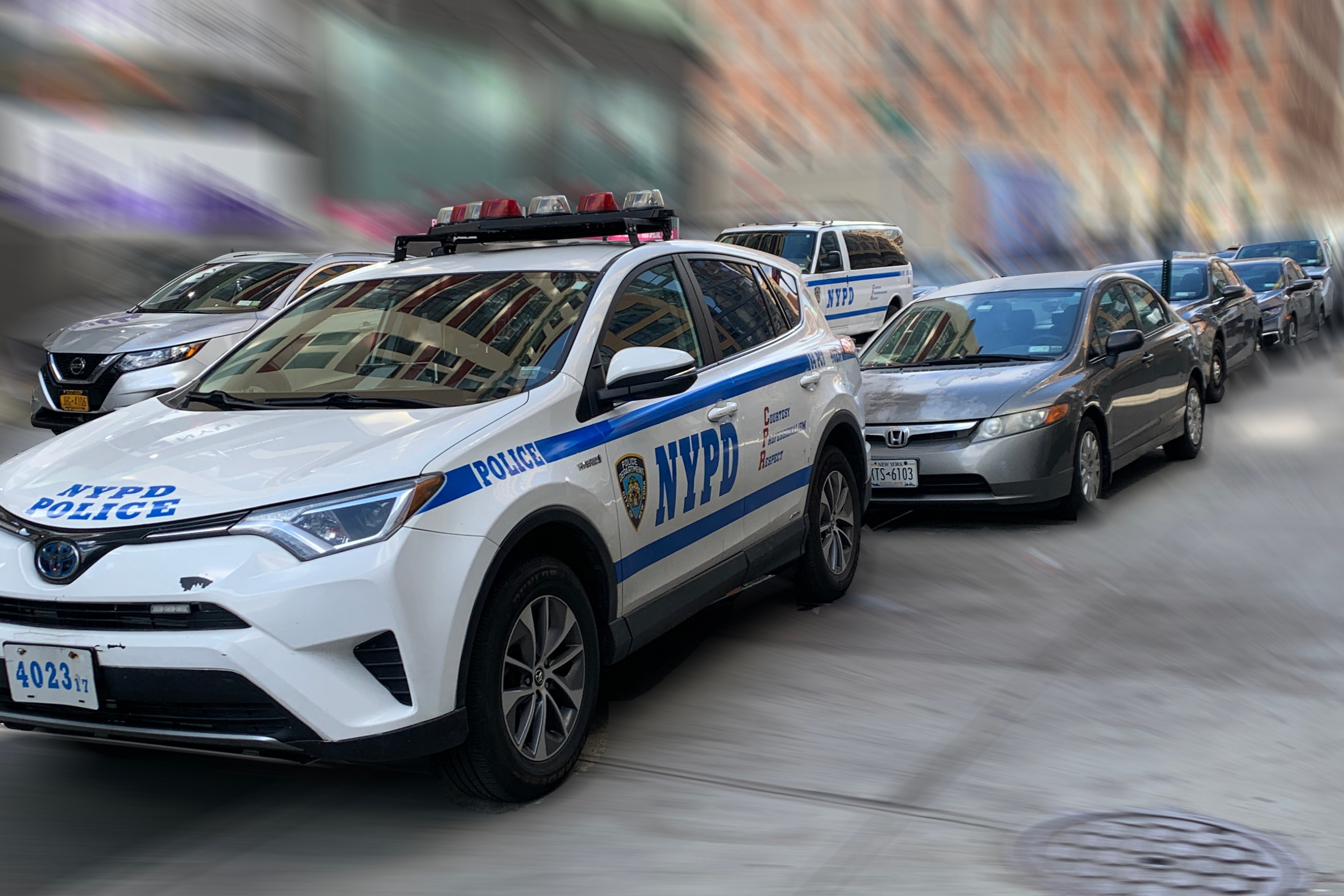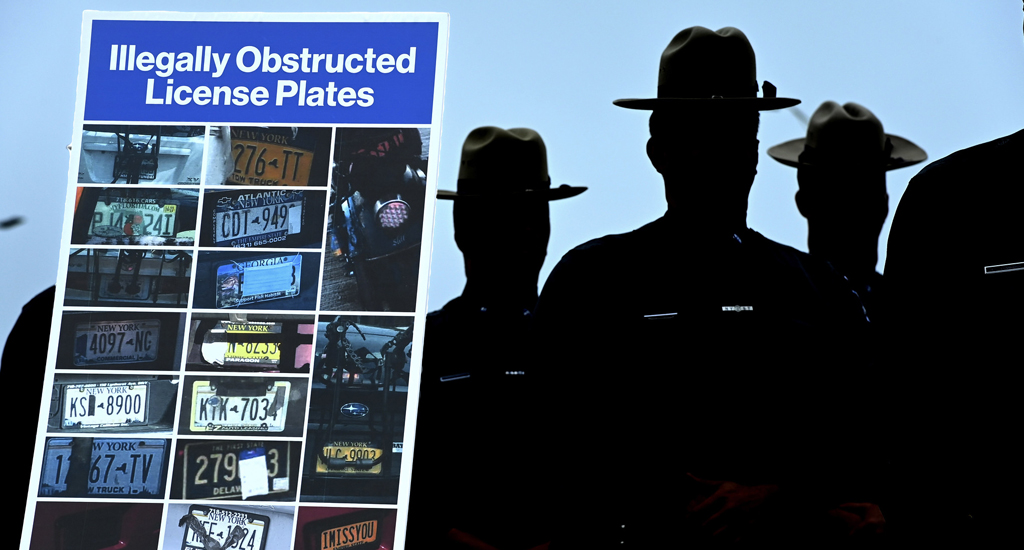
Bike infrastructure can help overcome safety concerns, says Portland-area researcher Jennifer Dill.
How effective are bike lanes at enticing people to ride? Portland State University professor Jennifer Dill has been looking into that question for more than a year, and her research is starting to get some attention. Using GPS trackers to map more than 1,700 bike trips, Dill found that about half of all bike travel occurs on dedicated infrastructure like bike lanes or bike boulevards, even though such routes comprise only eight percent of Portland's street network.
Dill also conducted surveys about who rides most often and why people choose to bike or drive. She concludes that bike riding won't expand far beyond a core demographic of young men unless perceptions of safety change, reports the Portland Tribune:
According to Dill, most regular bicyclists are young men. This meansthat if the city wants to substantially increase the number of peopleriding bikes on a regular basis, it needs to reach out to young womenand older people. And, Dill said, that is what public spending on bikeinfrastructure can accomplish.
All this may come across as confirmation of common sense (Portland DOT has based its bike network strategy on similar surveys), but the notion that dedicated bike routes make cyclists safer is not universally accepted. Proponents of "vehicular cycling" reject bike infrastructure forcefully, claiming that biking amid traffic reduces collisions. They wield considerable influence over design standards at the federal level, and in Portland they have consistently opposed steps intended by the city to improve safety and boost bicycle mode share.
Dill's preliminary research [PDF] adds to the evidence that dedicated bike infrastructure matters. Without a bike network that makes everyone feel safer -- men and women, children and seniors, veteran and inexperienced riders -- it's hard to imagine that American cyclists will ever enjoy the safety in numbers that cities like Copenhagen have managed to produce.
Graphic: Jennifer Dill





